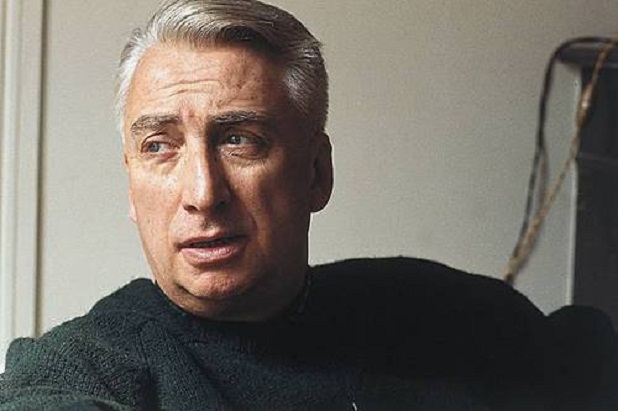Narrative Theory
It is important to differentiate between a narrative and a story. Stories are a sequence of events, and these events are known at the plot of the story, whereas a narrative is the way the plot (or the events) is put together and how it is presented to the audience that is viewing it. Any media text whether it be a work of fiction or non-fiction will have a narrative.
 |
| Vladimir Propp |
1) The Hero or Victim - marries the princess/claims the prize, interacts with the donor
2) The Villain - fights the hero
3) The Dispatcher - the character that informs the hero of the villain's evil
4) The (magical) Helper - the character that helps the hero in his/her quest
5) The Princess or Prize - the reward for completing the quest, usually the hero then deserves her love for conquering the quest but unfair evil prevents them from marrying
6) Her Father - gives the quest to the hero, notifies the hero about the false hero
7) The Donor - prepares the hero for the quest by giving them some sort of (magical) object or weapon
8) The False Hero - attempts to steal the princess or prize, takes credit for hero's actions
A great example of a narrative that this theory would suit is Star Wars: Episode IV - A New Hope. In this story, the hero would be Luke Skywalker, the villain would be Darth Vader, the dispatcher would be R2-D2, the helper would be C3-PO, the princess would be Princess Leia, her father is unknown in this movie but (spoiler alert) it is Darth Vader, the donor would be Ben "Obi-Wan" Kenobi and finally the false hero would be Han Solo.
Tzvetan Todorov was a French-Bulgarian historian, philosopher and sociologist who created the narrative theory that every plot in film followed a set path or followed the same pattern in 5 steps. These steps are:
 |
| Tzvetan Todorov |
2) A Disruption - The story then leads on to a point where there is a disruption in the balance of the character's lives. This is usually something to distract them from their happiness
3) Realisation - It then leads to the part of the plot where the characters recognise and realise the situation, and the chaos it has the potential to cause
4) Restored Order - Eventually the characters will start to try and repair the problem initially created in the 2nd step in an attemp to restore the equilibrium
5) New Equilibrium - Finally, the story concludes where the problem has been resolved and the characters can go back to normality
Claude Lévi-Strauss was a French anthropologist and worked on the development of the theory of structuralism. He studied myths of tribal cultures and examined how stories unknowingly and unintentionally reflect the values, beliefs and myths of these various world cultures. In his research he expressed the idea of needing binary opposites for us to be able to understand certain words by first understanding the definition of the opposites of that word. For example, when we think of the idea of a villain, we immediately assume the presence of a hero to be the opposing force. Horror films need to touch upon good and evil, natural and unnatural, rational and irrational. Strauss stated that every story depends on a conflict between opposites. A few examples of some binary opposites might be:
 |
| Claude Lévi-Strauss |
Asleep vs Awake
Good vs Evil
Cowboys vs Indians
Strong vs Weak
The Law vs Outlaws
This theory however only usually applies in cartoons and fairy tales, where the idea of a hero and a villain fighting until the hero wins to save the day is a very generic and oversaturated idea.
 |
| Roland Barthes |
1) Symbolic Code - This code refers to the the symbols/symbolism created within the media text
2) Referential Code - This code refers to the media text's ability to reference other pieces of media or other external areas of knowledge
3) Semantic Code - This code refers to parts in the text that suggest that there are other meanings, or adds an extra layer of meaning to the literal meaning of the text
4) Enigma Code - This code refers to a mystery that is within the text, like when clues are dropped throughout the story but no definitive answer is ever provided
5) Action Code - This code adds action and suspense to the text

No comments:
Post a Comment